From the pre-schooler fascination of how night and day happens, to the family teenager who needs to negotiate train, bus and movie session timetables to enjoy their night out, learning to tell the time is an important skill which parents can easily support at home.
Children across New Zealand are taught the concept of time from their first formal year of school and it is a sequential skill which means that new skills are built on the understanding your child already has. There is more to telling the time than being able to read a digital dial.
A good understanding of exactly what your child is learning at school will better allow you to encourage them at home. You as the parent are not expected to teach the skills but rather provide opportunities for your child to apply their knowledge in the safe, fun environment of home.
Time for 5-6 year olds
Children aged 5-6 years are learning how to use everyday language to describe the events happening around them. They are learning to ask the question “how long” and to use language such as before, after, today, morning and yesterday. They are ordering the days of the week and understanding how the weekend is different to the weekday routine. Children of this age are also learning to sequence events in time for example “I brush my teeth before I go to school in the morning”. Children of this age are also learning to read analogue o’clock time.
A fantastic way to support this stage of your child’s development is to create or purchase a calendar for home. Creating a calendar on the computer or, a piece of cardboard for the fridge, allows ownership and for them to have a box big enough to write in. Mark in the family activities such as swimming lessons on Tuesday, Sports day at school on Friday, Daniel’s birthday party on saturday morning.
Visual sequencers – or symbols to mark on the calendar – are also fantastic because they support the concepts taught at school as well as helping mums and dads get their children out the door for school in time. Simple symbols for putting on school uniform, packing bag, brushing teeth, eating breakfast and cartoons can be sequenced in order so children can visually check off their responsibilities.
Time for 7-8 year olds
Children aged 7-8 years are learning to read clocks on the half hour, both analogue time and digital time. They are comparing the duration of events as well as the number of days in a month and the order of months in a year. Examples of this are “We start school in the morning at 9 o’clock and have a break at 11 o’clock”. “My dance lesson begins at half past 4 in the afternoon”.
This is a great age to purchase a watch for your child. Allow them to pick a watch which they like, with a simple, easy to read analogue face. This presents endless opportunities to read the time.
When cooking estimate how long it will take to perform common tasks and (always with adult supervision) allow them to set timers on the oven, steamer or microwave.
Estimation games are also a fun way to compare units of time. With your child guess how many times you can complete the same action in say 10secs, 30secs and 1minute. Then encourage them to work out whether minutes or seconds would be the best way to count the activity for example clapping could be seconds but riding a bike around back and forth on the driveway would be minutes.
Time for 9-10 year olds
Children who are aged 9-10 are reading timetables and timelines. They are converting units of time from 60 seconds into 1 minute, 60minutes = 1 hour, 24hours = 1 day. They are also learning that digitally 15 represents quarter past, 30 = half past and 45 = quarter to. Children should be able to read time in one minute intervals.
Encourage these new skills by reading and interpreting timetables with your children. In the holidays encourage your child to read the movie session timetables and tell you when the movie starts and finishes. At home ask children to read the TV guide and help you program your DVD or Blue-Ray recorder.
An interesting way of looking at timelines is to pull out old family photographs and piece together a family tree across the generations.
Time for 11-12 year olds
Finally children aged 11-12 are learning to use 24 hour time, am and pm notation and to construct timelines for events. Children at this age are motivated to learn through opportunities to authentically apply information (real life situations). So for example, if your job requires time skills, discuss them with your children. If you are holidaying include your children in looking at airline flight schedules and simple travel itineraries.
Daylight savings is a tricky concept for adults but provides the perfect opportunity to discuss an older child’s knowledge of time zones in a practical way. No one wants to get it wrong and be late or miss their chance to sleep in.
Learning to tell the time is a complex skill however supporting the skill can easily be done at home. Supporting your child to learn to tell the time will be time well spent together.
This article was written by Michelle Barrington for Kidspot, New Zealand’s leading education resource for parents. Michelle is a teacher and mother who blogs at Gee, You’re Brave.

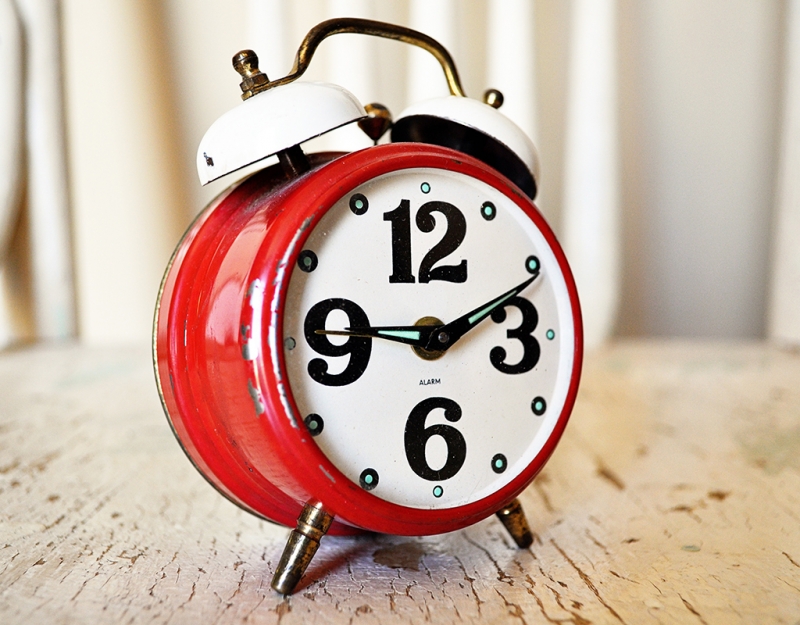
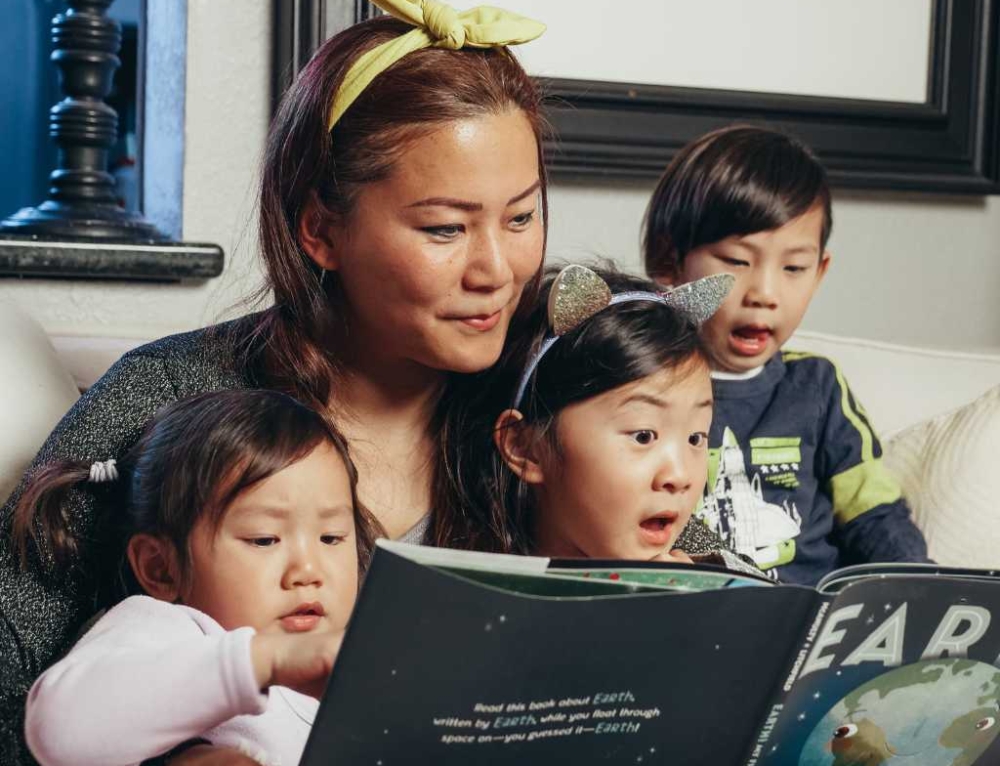
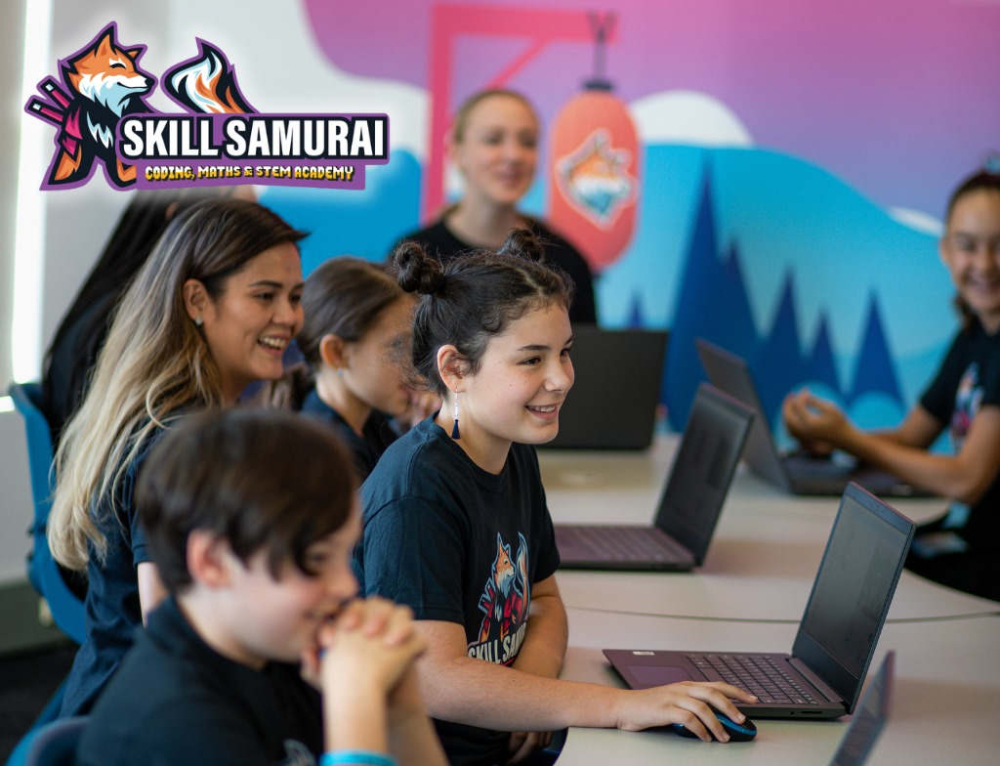
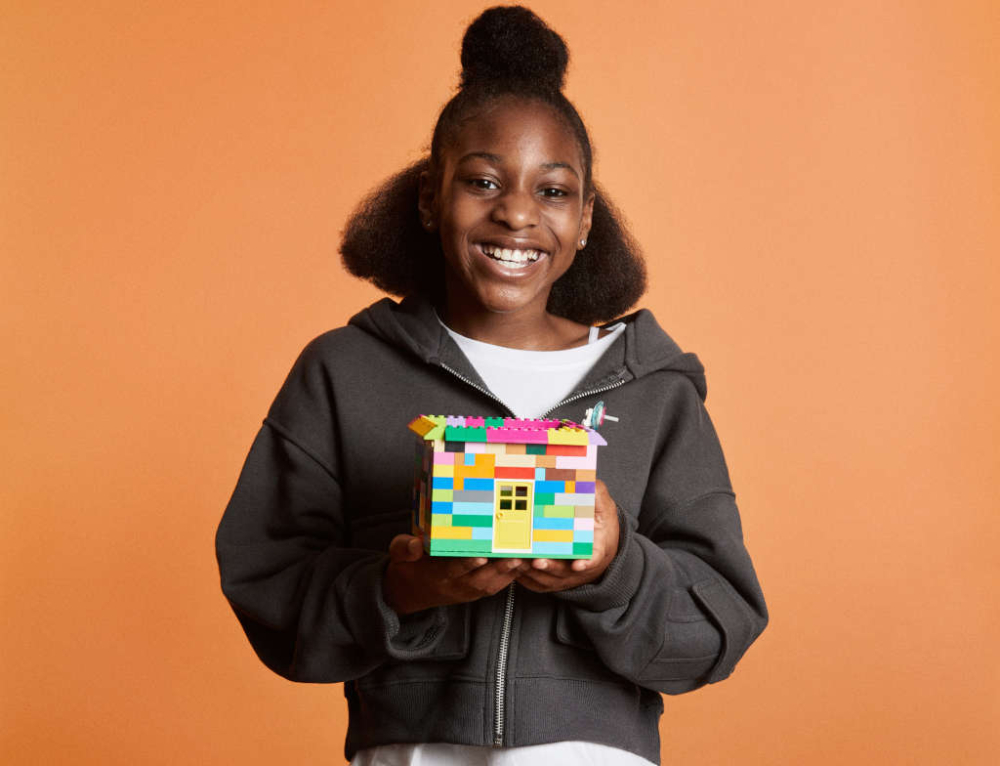

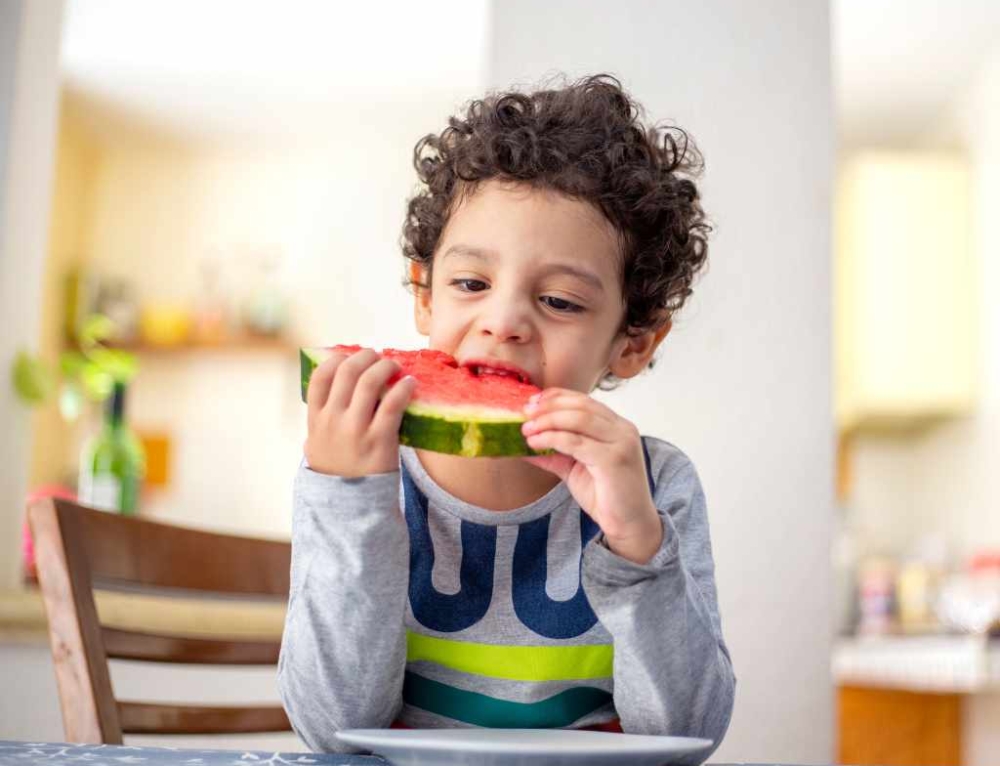
Leave A Comment
You must be logged in to post a comment.